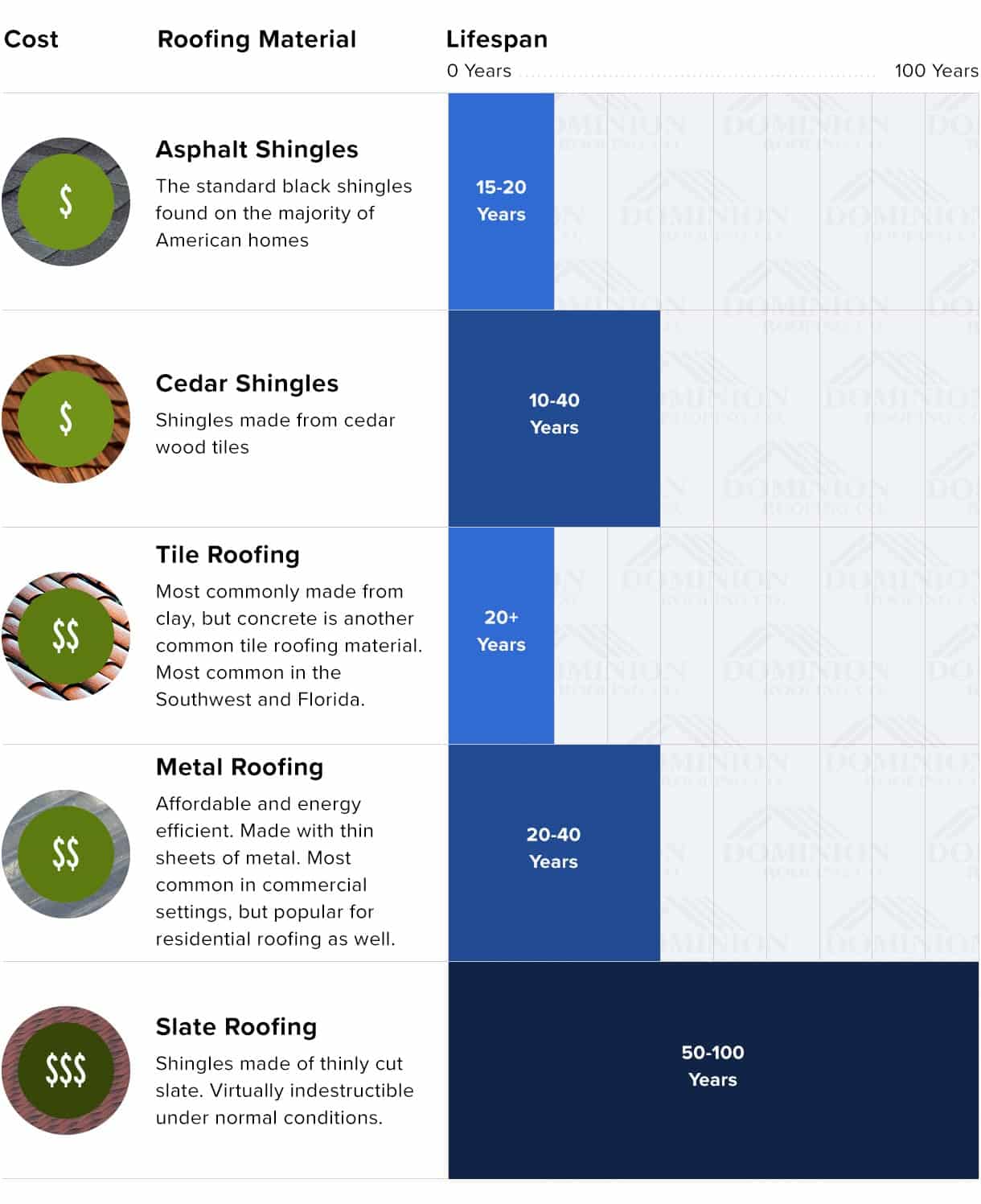The Overview For Solar Energy: Anticipated Advancements In The Industry Over The Coming Years
The Overview For Solar Energy: Anticipated Advancements In The Industry Over The Coming Years
Blog Article
Web Content Develop By-Bidstrup Mccormick
As you consider the future of solar power, envision a landscape where innovation and sustainability merge. The coming years hold the guarantee of considerable innovations in solar modern technology, improving the industry as we understand it. With effectiveness gains and cost decreases coming up, the capacity for solar energy to change our power landscape is enormous. Stay tuned to uncover just how these advancements will certainly form the future of renewable energy and propel us in the direction of a greener tomorrow.
Technological Improvements in Solar Panels
Solar panels have actually witnessed impressive technological advancements in the last few years. One considerable renovation is the boost in effectiveness, allowing solar panels to convert sunlight into power better. This has been accomplished through technologies in products and layout, making solar energy an extra sensible and competitive choice for renewable resource resources.
Another essential development is the decrease in expenses associated with manufacturing and installing solar panels. As innovation has actually advanced, production procedures have actually come to be more structured, bring about reduced costs for customers. Furthermore, the toughness and life expectancy of photovoltaic panels have boosted, making them a more lasting and long-term financial investment.
Improvements in energy storage space innovation have also played a vital duty in improving the performance of photovoltaic panels. electric utilities in denver, co 80236 and other storage space options have actually come to be much more efficient and cost effective, allowing customers to store excess power produced throughout the day for use during the night or throughout durations of low sunshine.
Increased Adoption in Various Industries
With the demand for lasting energy solutions on the rise, numerous sectors are increasingly integrating solar energy systems into their operations. Business in fields such as production, farming, and transportation are leveraging solar energy to decrease their carbon impact and operating costs.
In production, photovoltaic panels are being mounted on rooftops to power machinery and lighting, causing significant savings on electricity expenses. Agriculture is likewise accepting solar energy by using it for irrigation systems and powering farm devices, consequently minimizing standard gas expenditures. In https://440w-solar-panel99877.blog2freedom.com/30263331/discover-the-influence-of-shading-on-your-solar-panel-s-performance-and-gain-beneficial-insights-on-exactly-how-to-enhance-their-energy-outcome-for-maximum-effectiveness , the transportation sector is adopting solar technology for billing electric vehicles and lighting up car park.
The pattern of increased adoption of solar power across markets is driven by the need to be more environmentally friendly and decrease reliance on non-renewable power sources. As solar innovation continues to advance and come to be more cost-effective, we can anticipate to see even more comprehensive integration of solar power systems in numerous markets in the coming years.
Policy Changes Driving Solar Growth
Accepting renewable energy resources is vital for lasting advancement in today's world. read this play a significant duty in driving the development of solar energy. Federal governments worldwide are carrying out different measures to promote the adoption of solar energy. Rewards such as tax credit scores, rebates, and feed-in tolls motivate people and businesses to buy solar technology.
In addition, guidelines mandating a certain portion of energy to find from renewable resources push utility business to incorporate more solar into their energy mix. Moreover, policies focusing on net metering permit solar users to market excess electricity back to the grid, making solar installations much more financially sensible.
In some regions, sustainable portfolio criteria call for a particular section of electricity to be produced from solar power, developing a steady demand for solar power. These policy changes not just drive the growth of the solar industry however likewise contribute to decreasing carbon exhausts and combating climate adjustment. By sustaining and applying such policies, governments can increase the transition to a much more lasting power future.
Verdict
Finally, the future of solar power looks bright with continuous technological innovations, boosted fostering throughout industries, and supportive policy changes. With greater performance levels, lowered expenses, and improved energy storage options imminent, solar power is set to play an essential role in the global transition to a cleaner and more lasting energy future. Embrace the possibility of solar energy and be a part of the renewable resource transformation!
